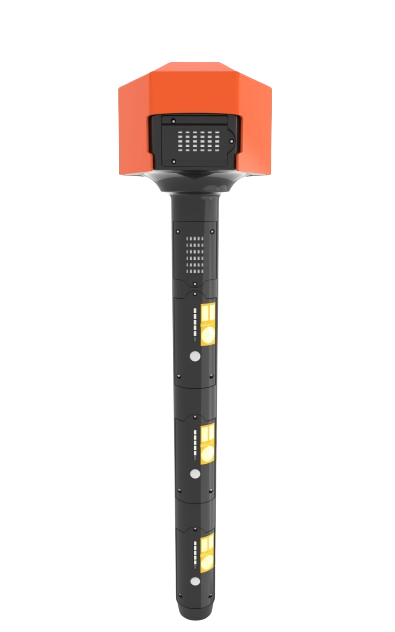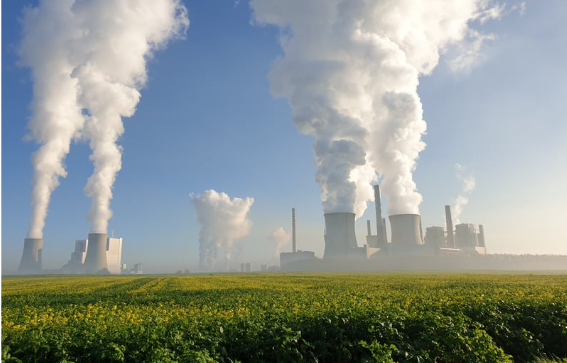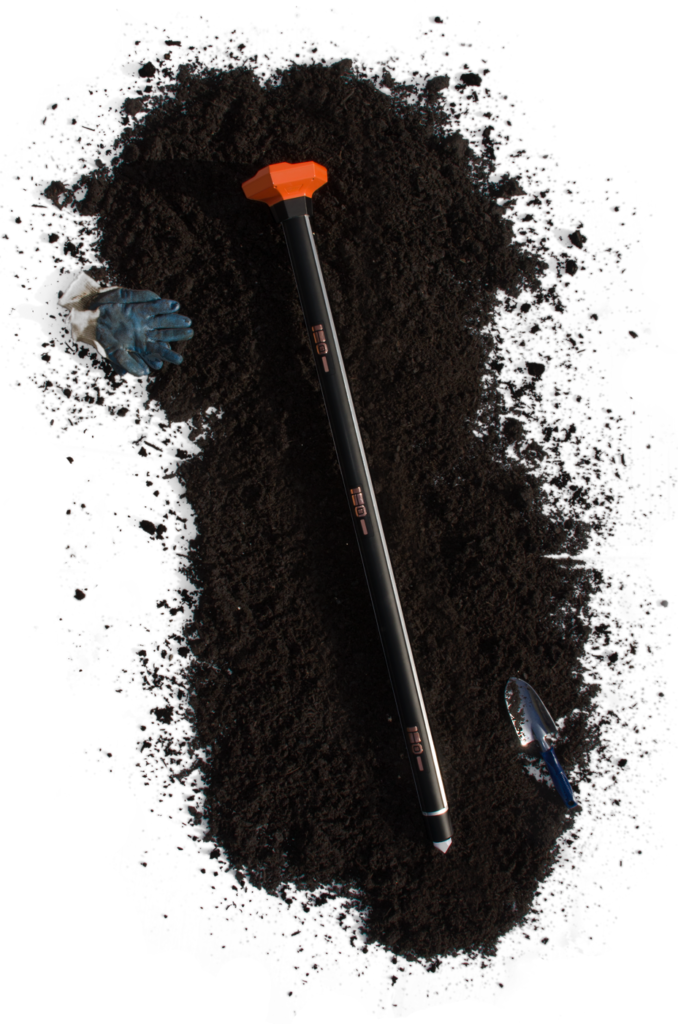full soil health visibility
No more guess work
Everything You Need to Maintain Soil Health
No more timely manual soil collection, long-awaited test results, or visual inspection–Teralytic’s sensors constantly monitor and report on soil quality—24 hours a day and 365 days a year—farmers can now respond to changes in the fields faster, before they become problems.
soil moisture
The available water content (AWC) of the soil, or the amount of water available to the plant for uptake.
salinity
The total salt content in the soil, reported as electrical conductivity (EC).
NPK
NPK stands for nitrogen (N), phosphorus (P), and potassium (K) –the three macronutrients essential for plant growth and development.
pH
The measure of the acidity or alkalinity of a soil, also known as the soil reaction.
respiration
The release of carbon dioxide (CO2) due to soil organisms respiring.
aeration
The available oxygen (O2) content in the soil.
Ammonium
Ammonium (NH4) allows plants to convert atmospheric nitrogen into ammonium.
SOC%
Soil Organic Carbon (SOC) Percentage –a complex mix of decomposing plant and animal residues, living organisms, and their byproducts.
Soil temperature
The warmth in the soil, measured by the heat exchanged between the soil and soil surface.
At Three Different Depths
6 INCHES
Sensors located six inches below ground, evaluating the soil for deep to shallow-rooting plants.
12 inches
Sensors located twelve inches below ground, evaluating the soil for moderate to deeper-rooting plants.
18 inches
Sensors located eighteen inches below ground, evaluating the soil for deep-rooting plants like trees and large shrubs.

Surface Sensors
Measures Air Temperature, Humidity, Lux, and SOC%
Gas Sensors
Measures at 6” and 12” Aeration (O2) and Carbon (CO2).
Soil Sensors
Measures at all three sensors Nitrate (NO3), Ammonium (NH4), Potassium (K), Phosphorus (P), pH, Soil Moisture, Salinity, and Soil Temperature.
Data Ingestion & ML Will Auto-Detect Data and Run Through Carbon Models
Teralytic provides strategy recommendations customized to each crop with real-time alerts sent to farmers’ phones or desktops. We work seamlessly into the farmers’ everyday routine, getting the data they need, when they need it— freeing up time and energy to focus on what’s most important for their farm.
Agriculture
Crops and management practices will be detected automatically at scale, fine tuned manually.
Forrest
Species, age, and density will be automatically at scale, fine tuned manually.
Ranching
Auto-detection of ranch and pasture. Scenario planning for various grazing practices.
Quantifying Carbon Capture and Baseline Establishment
Teralytic’s innovative approach quantifies carbon capture and establishes a carbon baseline by collecting data around the carbon stored both below and above the soil. This level of detail establishes a reliable baseline, setting the stage for sustainable progress and profitable carbon credits.
Carbon Baseline
The Teralytic CO₂ sensor grants the ability to predict your field’s carbon baseline using historical land management, weather, bulk density, soil organic carbon (SOC) percentage and soil organic matter (SOM) percentage. The readings from the CO₂ sensor can be used for measuring and monitoring SOC% in agricultural settings. Peer reviewed literature has shown that measuring subsoil CO₂ gas concentration is a good proxy for calculating SOC because of the statistical correlation between subsoil CO₂ and SOC.


Our Quantification Method
Teralytic quantifies greenhouse benefit using a combination of in situ soil health monitoring and biogeochemical modeling (utilizing a combination of user input management information, sensors, and satellite data streams) to measure fluxes of C and N among the atmosphere, vegetation, and soil using the DayCent daily-timestep version of the CENTURY model. This technology provides a cost-effective way to quantify the amount/ changes of SOC in the soil in lieu of traditional soil methods.
Streamlined MRV and Credit Generation
The Teralytic CO₂ sensor streamlines the MRV process with precise data, equipping organizations and farmers with a verified foundation for generating carbon credits so they can reduce their carbon footprint and increase their agricultural profit.
Measure
Continuous tracking and validation.
Learn More
The probe’s sensors generate trusted streams of data based on the fundamentals of soil chemistry and electrical engineering. Data and analytics are continually updated, so growers and organizations get a real-time look into the plant-available nutrients in their fields’ soils. By combining data collection, verification, visualization, and continuous improvement, Teralytic empowers growers to accurately measure their carbon footprint.
Verify
Independent audits and continuous imrpovement.
Learn More
The Teralytic probe will create a trusted stream of data sensed from the field that will be less susceptible to human error or bias, offering a normalized and verifiable dataset to streamline the verification process for premium carbon credits. We model GHG emissions and sequestration using intuitive web software and the growers’ logs. Our Third-party verification partner, Verra is essential to ensure the accuracy and integrity of carbon claims.
Report
Standardized, transparent, and accessible data.
Learn More
With the Teralytic dashboard, growers seamlessly document their sustainable methods, creating a data-driven record of progress. This enables farmers to receive compensation via carbon credits, while empowering organizations to monitor practices at the granular crop level. It’s transparency and accountability, from seed to sale.

The next step in smart farming.
Take action on underperforming areas, optimize soil health, and reduce your carbon footprint at your fingertips.
